- Login or Register
No account yet? Sign up
FYI, 'word salad' is a descriptor term relating to symptoms of psychotic thought-disorder*,Rodak wrote: ↑10 Oct 2020, 16:18nz, thanks for you illuminating post above. I reread it and realized the truth of what you wrote; manolis has no intention of actually building his 'flyer'. This is just a thought experiment with him and that's why he won't (or can't) provide basic data; he has none. I am of the 'experimentalist' faction and didn't realize manolis, with his pictures of castings, etc. has no intention of actually building and strapping (or gluing, you choose) this contraption to his torso and starting the engine. It's all a giant word salad ®.
Or the ' inventor ' realises he going to get screwed over anyway, and just releases it to the internet, rendering it not possible to patent by anybody, case in question TPI.NathanE wrote: ↑10 Oct 2020, 09:37
There's a bunch of other stuff that's required but probably the biggest common attributes of inventors who end up making a real difference are 1) the ability to work with other people and motivate other people to work with them; and, 2) the humility to see value in other people and the ability to listen, learn and adapt.
There are millions of inventors and backyard tinkerers who have fantastic ideas that never get anywhere because they are too introverted, closed minded, arrogant or defensive to work out how to engage with others. Introversion is forgivable, not everyone is wired to engage with others, the other characteristics well . . .
I agree with this sentiment completely. I spend a lot of time hearing out 'new ideas' which are often only new because those working on the idea rationalized a closed shop due to fear of theft(this is almost always a fear of being wrong, or meeting an expert who knows more) and subsequently never learned what they were doing had been done 100x before, and had undergone incremental prototype improvements and production in other hands. I used to just design for whoever payed, but after awhile you begin to realize some people create what I call 'retirement projects', or projects they intend to pursue, indefinitely, without a goal following any rules of capital and thus never leading to any profit. I now only work with customers who have buy in from the top down, meaning from financing to manufacturing, and sales, everyone is winning to some degree and every vendor in the mix has skin in the game. If a person doesn't have that sort of buy in vertically I can help them where gaps exist, but if too many gaps exist, I'm skeptical the 'inventor' has skipped steps or attempted to not look directly into the sun. Whenever I hear an 'inventor' claim a vendor is bad because they told them 'we cant do that', I see a red flag. Too many red flags and I can't see a destination worth pursuing. If I meet the 'inventors' financer and they seem aloof or passively interested in the projects success... red flag. Everyone top down has to be focused on making something great and making money doing it. Maybe 1 in 10 projects get all those to align, and this applies to major OEM's, many of their ideas fail to fly as well(you just don't hear about it). I highly recommend the individual inventor use the leverage of their results to motivate creating shared co-operation towards their goal, and to do this much earlier in the process than they feel comfortable. They may just avoid going down a long journey for which when they arrive nobody will be standing around them(no chance of success), if they can arrive at all without help. Another note, the most trivial things you buy and use may have had an individual inventor championing that solution for years before the widget hit your hands. This individual inventor could be an engineer at GM, working their entire career to integrate a new technology and only being able to do so when they worked to be engineering manager, or a project lead. Ohh also I have never designed anything that has flown.... yet(maybe soon, still in construction). Not unless you consider going very fast close to the ground flying. Also if it isn't obvious I made a ton of the above mistakes and still do, it is only the great people around me and those who have bought in on my projects that keep me pointed true north, because how do I know I am getting good advice? When the people around me stand to benefit when the culmination of our work leads to shared profits. If they lie to me they suffer too.NathanE wrote: ↑10 Oct 2020, 09:37It's maybe interesting for people to know that in my world of seed stage venture capital it's often said that ideas are worthless. People who make great founders and entrepreneurs, who take ideas and both make them real but also take them to scale and sustainability need more than just ideas.
There's a bunch of other stuff that's required but probably the biggest common attributes of inventors who end up making a real difference are 1) the ability to work with other people and motivate other people to work with them; and, 2) the humility to see value in other people and the ability to listen, learn and adapt.
There are millions of inventors and backyard tinkerers who have fantastic ideas that never get anywhere because they are too introverted, closed minded, arrogant or defensive to work out how to engage with others. Introversion is forgivable, not everyone is wired to engage with others, the other characteristics well . . .
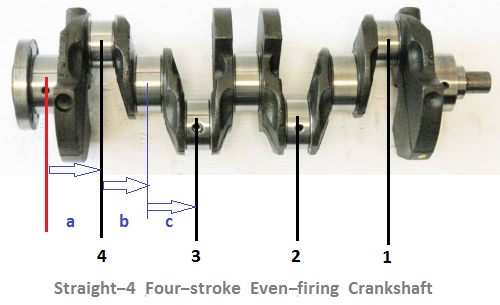
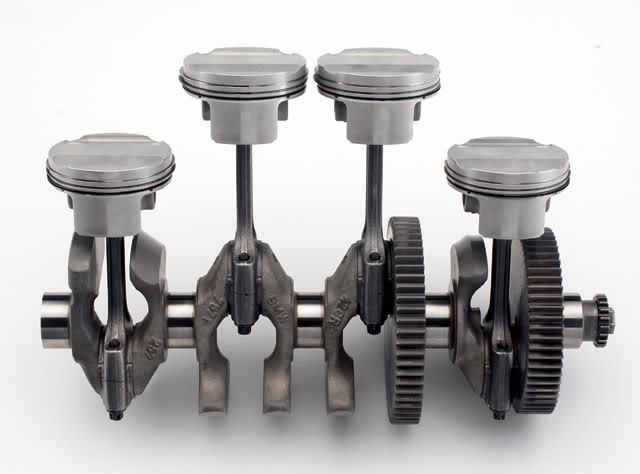
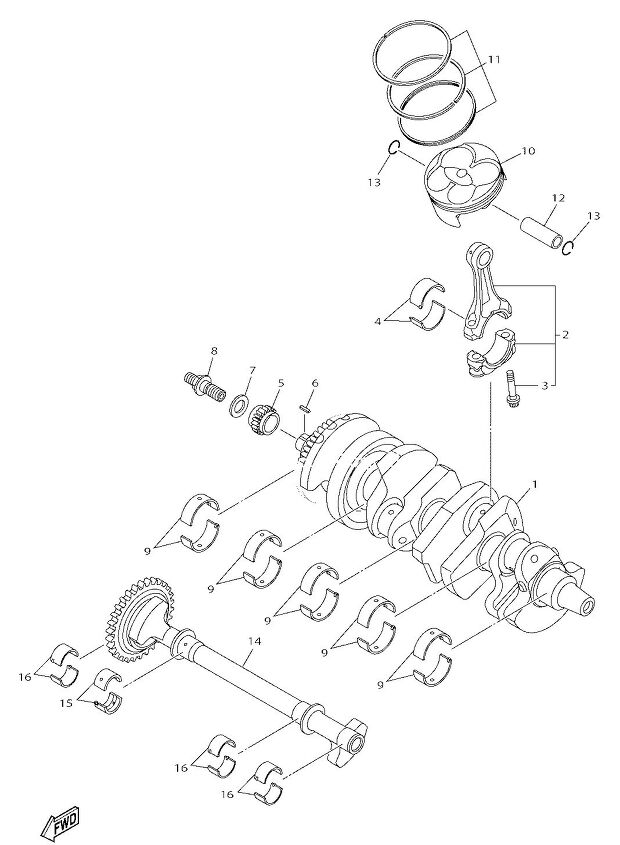

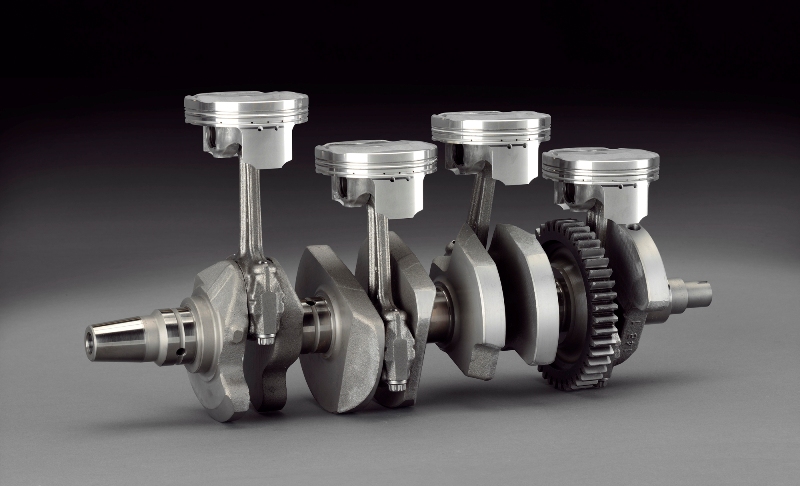
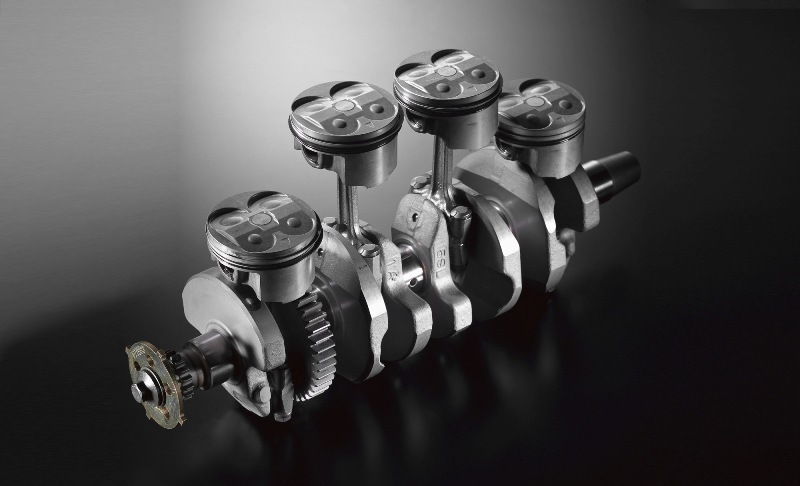
Manolis, I'm curious what your response is to my statement. Do you actually plan to build a 'flyer' and what is your schedule, or is this all bullshit?....manolis, with his pictures of castings, etc. has no intention of actually building and strapping (or gluing, you choose) this contraption to his torso and starting the engine. It's all a giant word salad ®.
I think its just about securing investors.Rodak wrote: ↑13 Oct 2020, 05:54Manolis, I'm curious what your response is to my statement. Do you actually plan to build a 'flyer' and what is your schedule, or is this all bullshit?....manolis, with his pictures of castings, etc. has no intention of actually building and strapping (or gluing, you choose) this contraption to his torso and starting the engine. It's all a giant word salad ®.
1stly Uniflow, congrats on your TPI success, you fully deserve it, (& the right to heap shame on KTM),uniflow wrote: ↑14 Oct 2020, 08:21manolis, what of the 'big bang' 500 four cylinder GP twostroke engines where all combustions take place over 60 degrees of crank rotation.
Or the parallel twin twostrokes where the cranks are at 90 degrees, like a v twin would be.
These engines won GP races, there is a very good reason for this.